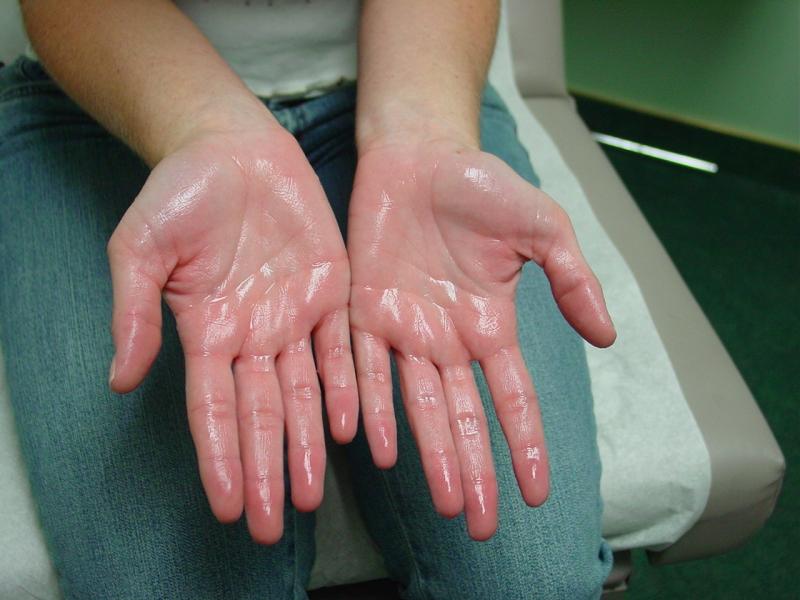Make use of antiperspirant. Aluminum-based compounds that temporarily block the sweat pore produce nonprescription antiperspirants. The amount of sweat that enters your skin is reduced. With mild hyperhidrosis, this form of product can help.
Have astringents applied. Apply products containing tannic acid (Zilactin) over-the-counter to the affected region.
Bathe yourself daily. Regular bathing helps to maintain control of the amount of bacteria on your skin. Thoroughly dry yourself, especially between the toes and under the arms.
Pick shoes and socks that are made from natural materials. By allowing your feet to breathe, shoes made of natural materials, such as leather, will help avoid sweaty feet. Moisture-wicking athletic socks are a good choice when you’re involved.
Change your socks regularly. Change socks or hoses once or twice a day, each time thoroughly drying your feet. With cotton soles, you may want to try pantyhose. To help absorb sweat, use over-the-counter foot powder.
Microwaves therapy . A system that delivers microwave energy is used to kill sweat glands with this therapy. Treatments require two sessions of 20 to 30 minutes, three months apart. A shift in skin feeling and any pain are possible side effects. This treatment could be costly and not widely available. Microwave technology uses this modern, non-invasive hyperhidrosis procedure to kill underarm sweat glands and permanently prevent sweating. For the removal of underarm hair and odor glands, doctors often use miraDry.
Removal of sweat glands. Removing the sweat glands there can help if excessive sweating occurs only in your armpits. If you do not respond to other therapies, a minimally invasive procedure, called suction curettage, may also be an option.
Surgery on the nerve (sympathectomy). During this operation, the spinal nerves that regulate sweating in your hands are sliced, burned or clamped by the surgeon. In certain cases, in other parts of the body (compensatory sweating), this technique causes unnecessary sweating. Generally, surgery is not a choice for isolated sweating in the head and neck. Without eliminating the sympathetic nerve (sympathotomy), a variant on this technique interrupts the nerve signals.
MiraDry is less invasive than other medical procedures, such as surgery for hyperhidrosisor Botox, but certain side effects do occur. Swelling of the underarms, redness and tenderness may last for several days. Numbness can last up to five weeks, as well as tingling. MiraDry is touted as a “continuous” process. But like all therapies for hyperhidrosis, outcomes differ from individual to individual. In order to see permanent results, you may need two or more miraDry treatments and each treatment costs approximately $3,000.
Oral medicines (anticholinergics): Another non-invasive treatment method is oral medications. They are used to treat a variety of conditions (e.g., symptoms of Parkinson’s disease, dizziness, motion sickness), including hyperhidrosis, because they block nerve transmission. These medicines are suitable for people who sweat in a wide area or sweat in an area of the body that cannot be adequately treated by other treatments, such as the head or scalp.





